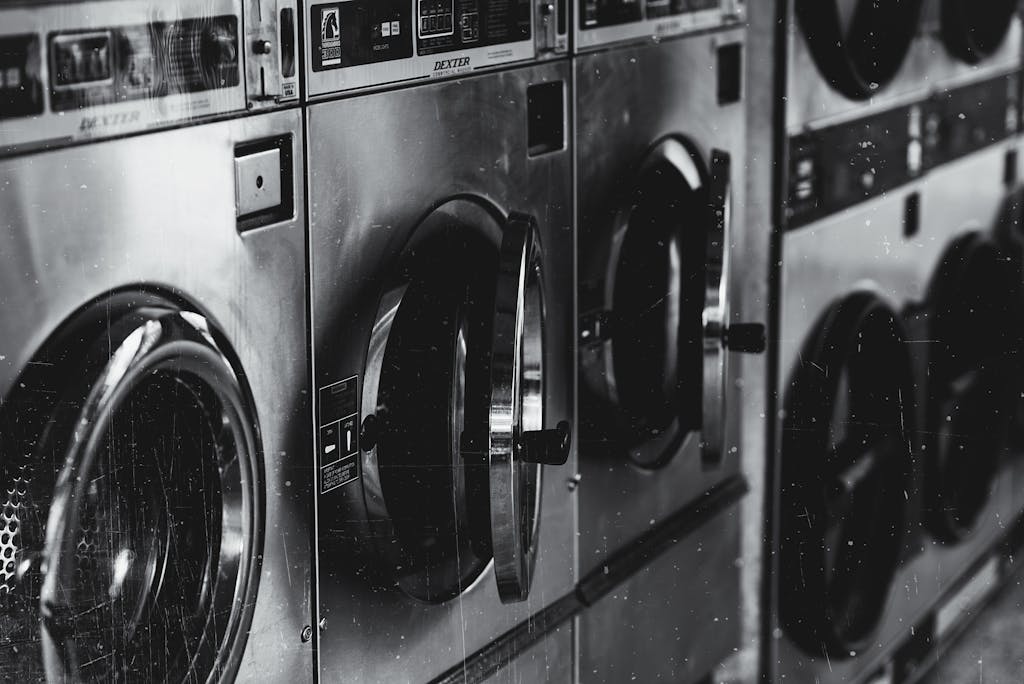Ultimate Guide to Nursing Clothes Maintenance
Introduction
Nursing clothes are essential for new mothers, providing both comfort and functionality during the breastfeeding period. Proper maintenance of these garments ensures they remain in good condition, extending their lifespan and maintaining their effectiveness. In this ultimate guide, we will provide comprehensive tips and techniques for caring for your nursing clothes, keeping them fresh, clean, and durable.
Washing Nursing Clothes
Pre-treating Stains
Breast milk and baby spit-up can leave stubborn stains on nursing clothes. It’s important to pre-treat these stains before washing. Use a gentle stain remover or soak the stained area in cold water with a bit of laundry detergent. Avoid hot water, as it can set the stain.
Choosing the Right Detergent
Select a mild, hypoallergenic detergent to wash your nursing clothes. Harsh chemicals can irritate your baby’s skin and damage the fabric. Look for detergents that are free from dyes and fragrances.
Washing Machine Settings
Wash nursing clothes on a gentle cycle with cold or warm water. Hot water can cause shrinkage and wear out the fabric faster. Use a mesh laundry bag to protect delicate items like nursing bras and camisoles.

Drying Nursing Clothes
Air Drying vs. Machine Drying
Air drying is the best method for nursing clothes as it reduces wear and tear. Lay the clothes flat on a clean, dry towel or hang them on a clothesline. If you must use a dryer, choose a low heat setting to prevent shrinking and fabric damage.
Avoiding Direct Sunlight
While drying your clothes, avoid exposing them to direct sunlight for extended periods. UV rays can weaken the fabric and fade colors. Instead, dry them in a shaded area with good airflow.
Using Dryer Balls
If you use a dryer, consider adding wool dryer balls to the load. They help to reduce drying time, soften fabrics naturally, and reduce static without the need for chemical-laden dryer sheets.
Storing Nursing Clothes
Folding vs. Hanging
Fold most nursing clothes to maintain their shape and elasticity. However, hang items like nursing dresses and blouses to prevent wrinkles and maintain their form. Use padded hangers for delicate items to avoid stretching.
Storing in a Cool, Dry Place
Store your nursing clothes in a cool, dry place to prevent mold and mildew. Avoid plastic storage bags as they can trap moisture. Instead, use breathable fabric bags or drawers with cedar blocks to keep pests away.
Rotating Your Wardrobe
Rotate your nursing clothes regularly to avoid excessive wear on a few items. This practice ensures that all your clothes are used evenly and last longer.

Special Care for Delicate Items
Nursing Bras
Nursing bras require special care to maintain their shape and support. Hand wash them with a gentle detergent and cold water. Avoid wringing them out; instead, press out excess water gently with a towel and lay flat to dry.
Lace and Silk Garments
Delicate fabrics like lace and silk need extra attention. Use a mild detergent specifically designed for delicate fabrics. Hand wash these items and air dry them to preserve their integrity.
Removing Odors
To remove lingering odors from nursing clothes, add a cup of white vinegar to the rinse cycle or soak the clothes in a solution of baking soda and water before washing. These natural deodorizers help eliminate odors without harsh chemicals.
Conclusion
Maintaining your nursing clothes properly ensures they stay fresh, clean, and functional throughout the breastfeeding period. By pre-treating stains, choosing the right detergent, using appropriate washing and drying techniques, and storing your clothes correctly, you can extend their lifespan and keep them in excellent condition. Implement these tips to make the most out of your nursing wardrobe and enjoy the comfort and convenience they provide.



